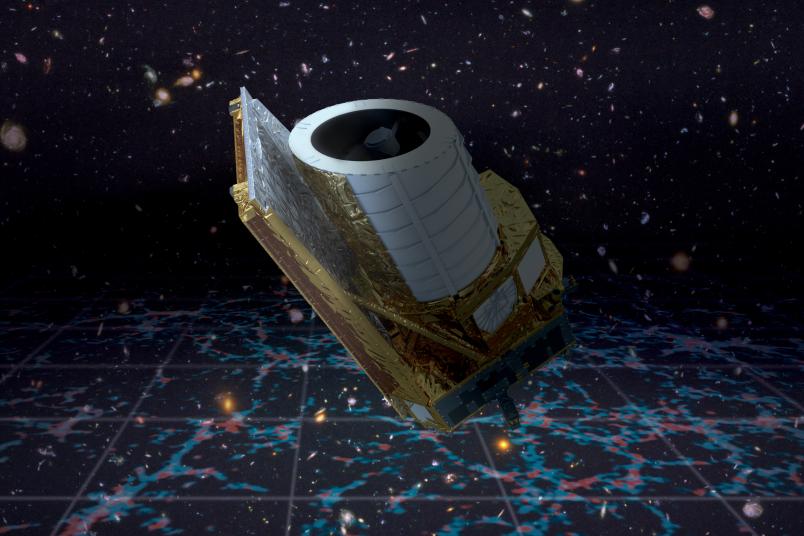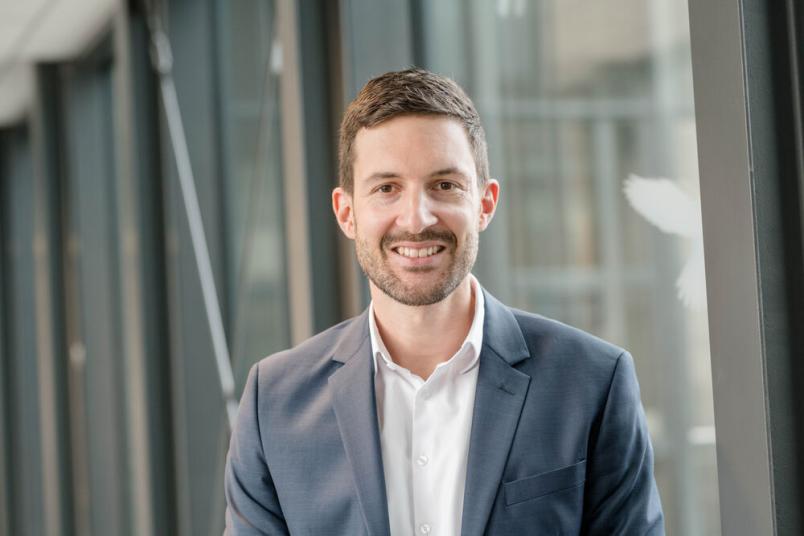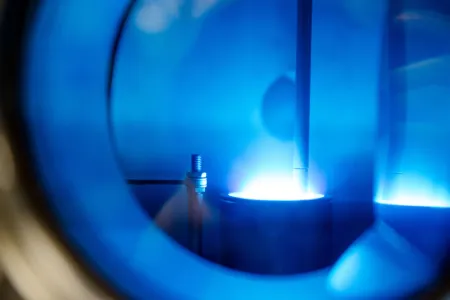
Cosmology
Bochum researcher involved in Euclid space mission
The Euclid space telescope has been designed to solve one of the greatest mysteries in physics. Ruhr University Bochum researcher Hendrik Hildebrandt is contributing a crucial puzzle piece for the evaluation of the data.
“It’s the biggest mission I’ve ever been involved in,” as Professor Hendrik Hildebrandt describes the launch of the Euclid space telescope. Approximately 1,500 scientists from Europe, North America and Japan are part of the research consortium that prepared the mission. Hildebrandt is now eagerly awaiting the launch. The big day is scheduled for July 2023.
The Euclid Mission
Euclid wants nothing less than to answer one of the greatest physical questions of our time: namely, why the expansion of the universe is accelerating. “The phenomenon has been known for over 20 years,” says Hildebrandt, Chair of Observational Cosmology at Ruhr University Bochum. “But why is our universe doing this? Is there a specific particle behind it, for example? There are many theories, all of which are grouped under the umbrella term of dark energy.” The Euclid team intends to find out the nature of this mysterious cosmological quantity.
Euclid records the history of cosmic expansion
The telescope is scheduled to collect data for six years. A SpaceX rocket will carry it to a location about four times farther away than the moon on the side of the Earth that faces away from the sun. From there, Euclid will observe a third of the sky. Unlike the Hubble Space Telescope, which only sees a tiny section of the sky, Euclid is a wide-field telescope. It’s expected to take pictures of around ten billion galaxies. In the process, it will look as far as ten billion light years away and, consequently, into the past of the universe. Since light takes a certain amount of time to reach Earth, cosmologists see earlier and earlier states of the universe the further they look.
Using the Euclid data, the team will be able to determine how the matter in the universe was distributed over time and how structures were formed from it. “After the Big Bang, matter was relatively evenly distributed,” says Hendrik Hildebrandt. “But due to density fluctuations, some areas were a little denser than others – and gravity caused them to become denser over time.” This is how structures like the galaxies or galaxy clusters were formed.

To determine the distribution of matter, the researchers use the gravitational lensing effect. To this end, they also have to measure the distance of all galaxies to Earth, which is done using the redshift effect: the light from more distant galaxies shifts to redder wavelengths.
Expert for data calibration
This is where the expertise of Hendrik Hildebrandt’s team comes into play, as redshift is not at all easy to detect. Typically, it is measured using spectroscopy. The exact amount of light emitted by a galaxy at different wavelengths is plotted in a spectrum in order to precisely determine how much the light has shifted into the red range. But spectroscopic measurements are costly and impossible to perform for billions of galaxies. Euclid therefore uses a simplified method: it takes images of the galaxies in different colour bands, for example one in the blue, one in the green and one in the red range. Then, the researchers determine the brightness of the galaxy in these different images. This is how the approximate redshift can be measured.
In order for the process to be as accurate as possible, it has to be calibrated. This is exactly why Hendrik Hildebrandt is highly sought after as an expert worldwide, as he’s been involved in preparing the Euclid mission since 2011. In collaboration with colleagues in Geneva, Marseille, Barcelona, Bologna, Munich and Pasadena, he uses data from other observation programmes that have carried out spectroscopic measurements in smaller areas of the sky. “As a result, there are galaxies in these areas that we know a lot about,” points out the cosmologist. By consolidating this know-how with the new images from Euclid, the researchers can make a calibration that allows them to accurately determine the redshift of newly mapped galaxies as well. Only when the distances of the galaxies are known can the Euclid team reconstruct the expansion history and the growth of the structures of the universe – and ultimately determine what dark energy is all about.
Theory of relativity put to the test and neutrinos on the scales
At the same time, Euclid is also tackling other questions, for example testing Einstein’s general theory of relativity in areas where it’s never been scrutinised before. Plus, it’s attempting to determine the mass of neutrinos – a type of elementary particle, whose mass is as yet unknown. And that’s not all.

I’m pretty certain that we’ll discover something new. Something we’re not even aware of yet.
Hendrik Hildebrandt
“Euclid will take a look at so many places in the universe where we have never looked before,” is Hendrik Hildebrandt’s enthusiastic prognosis. “When we review the mission 20 to 30 years from now, it may not be remembered for the findings it was originally launched for, but for insights that we aren’t expecting today. That is perhaps the greatest aspect of this mission: I’m pretty certain that we’ll discover something new. Something we’re not even aware of yet.”
[infobox:2]
